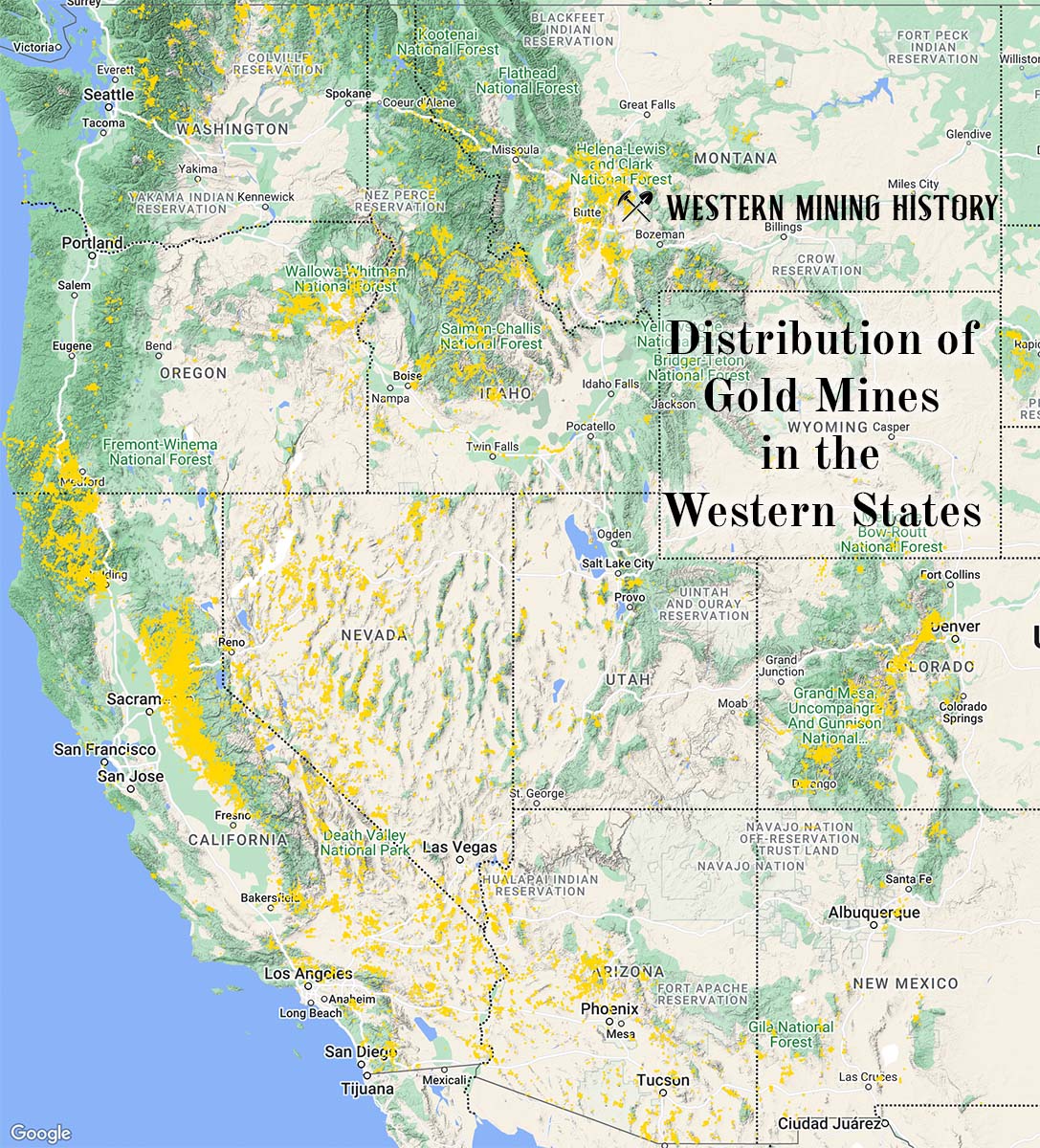The Chill is a lead, copper, gold, silver, tin, and zinc mine located in Alaska.
About the MRDS Data:
All mine locations were obtained from the USGS Mineral Resources Data System. The locations and other information in this database have not been verified for accuracy. It should be assumed that all mines are on private property.
Mine Info
Elevation:
Commodity: Lead, Copper, Gold, Silver, Tin, Zinc
Lat, Long: 61.48306, -153.05000
Map: View on Google Maps
Chill MRDS details
Site Name
Primary: Chill
Commodity
Primary: Lead
Primary: Copper
Primary: Gold
Primary: Silver
Primary: Tin
Primary: Zinc
Location
State: Alaska
District: Redoubt
Land Status
Not available
Holdings
Not available
Workings
Not available
Ownership
Not available
Production
Not available
Deposit
Record Type: Site
Operation Category: Prospect
Operation Type: Unknown
Years of Production:
Organization:
Significant:
Physiography
Not available
Mineral Deposit Model
Model Name: Polymetallic veins
Model Name: Porphyry Cu
Orebody
Not available
Structure
Not available
Alterations
Alteration Type: L
Alteration Text: Quartz-tourmaline veining and sulfide-rich replacement.
Rocks
Name: Granite
Role: Associated
Age Type: Host Rock
Age Young: Pliocene
Name: Granite
Role: Associated
Age Type: Associated Rock
Age Young: Pliocene
Analytical Data
Not available
Materials
Ore: Arsenopyrite
Ore: Chalcopyrite
Ore: Galena
Ore: Pyrite
Ore: Pyrrhotite
Ore: Sphalerite
Gangue: Quartz
Gangue: Tourmaline
Comments
Comment (Exploration): Status = Inactive
Comment (Reference): Primary Reference = Gamble and others, 1989
Comment (Geology): Age = Tertiary. Mineralization crosscuts Tertiary intrusive rocks or nearby, thermally metamorphosed sedimentary rocks.
Comment (Workings): Workings / Exploration = Reconnaissance surface observation and sampling has been completed in this area (Reed and Elliott, 1970).
Comment (Deposit): Model Number = 17, 22c
Comment (Deposit): Other Comments = This occurrence is within Lake Clark National Preserve.
Comment (Geology): Geologic Description = Reed and Elliott (1970) reported several types of mineralization in this area, including: (1) tourmaline-chalcopyrite veins and fracture coatings in and near the contact zone between Tertiary monzonite-granite and country rock sandstone, (2) pyrite-arsenopyrite-chalcopyrite-galena-sphalerite veins in a fault zone that cuts granite, and (3) replacement of limestone by pyrite, pyrrhotite, as much as 5 percent chalcopyrite, and traces of galena. Mineralized float in the area includes (1) mafic rock with 30 percent chalcopyrite and pyrite, (2) tourmaline-quartz rock with 20 percent disseminated arsenopyrite, pyrite, and chalcopyrite, and (3) altered felsic rock with 3 percent disseminated pyrite and galena and limonite and malchite along fractures (Cobb and Reed, 1981). Samples of mineralized bedrock and float contained anomalous silver, copper, lead, tin, zinc, and traces of gold. The Chill claim group that was once located in this area covered a porphyry-type copper deposit and various sulfide-bearing veins. Samples from the general area contained up to 2.8 percent copper, 200 ppm silver, 25 ppm molybdenum, 3,250 ppm lead, 1,350 ppm zinc, and 0.2 ppm gold (Reed and Elliott, 1970; Cobb and Reed, 1981; Gamble and others, 1989). The country rocks are probably Mesozoic sedimentary rocks (Nokleberg and others, 1994) and the Tertiary granitic rocks are part of the Alaska-Aleutian Range batholith (Reed and Lanphere, 1973).
Comment (Deposit): Model Name = Polymetallic veins and porphyry Cu (Cox and Singer, 1986, models 22c and 17)
References
Reference (Deposit): Cobb, E.H., 1972, Metallic mineral resources map of the Lime Hills quadrangle, Alaska: U.S. Geological Survey Miscellaneous Field Studies Map MF-412, 1 sheet, scale 1:250,000.
Reference (Deposit): Cobb, E.H., 1976, Summary of references to mineral occurrences (other than mineral fuels and construction materials) in the Iliamna, Lake Clark, Lime Hills, and McGrath quadrangles, Alaska: U.S. Geological Survey Open-File Report 76-485, 101 p.
Reference (Deposit): Cobb, E.H., and Reed, B.L., 1981, Summaries of data on and lists of references to metallic and selected nonmetallic mineral occurrences in the Iliamna, Lake Clark, Lime Hills, and McGrath quadrangles, Alaska; Supplement to Open-File Report 76-485; Part A, Summaries to January 1, 1981: U.S. Geological Survey Open-File Report 81-1343-A, 25 p.
Reference (Deposit): Reed, B.L., and Elliott, R.L., 1970, Reconnaissance geologic map, analyses of bedrock and stream sediment samples, and an aeromagnetic map of parts of the southern Alaska Range: U.S. Geological Survey Open-File Report 70-217, 145 p., 1 sheet, scale 1:250,000. (Also published as U.S. Geological Survey Open-File Report 413).
Reference (Deposit): Gamble, B.M., Bailey, E. A., and Reed, B. L., 1989, Gold occurrences near Snowcap Mountain, Lime Hills B-2 quadrangle, Alaska: U.S. Geological Survey Open-File Report 89-0646, 8 p.
Reference (Deposit): Nokleberg, W.J., and others, 1994, Metallogeny and major mineral deposits of Alaska and Metallogenic map of significant metalliferous lode deposits and placer districts of Alaska, in Plafker, G. and Berg, H.C., eds., The Geology of Alaska: Boulder, Colorado, Geological Society of America: The Geology of North America, v. G1, p. 855-904 and v. G1, Plate 11, scale 1:2,500,000.
Reference (Deposit): Reed, B. L., and Lanphere, M. A., 1973, Alaska-Aleutian Range batholith-- Geochronology, chemistry, and relation to circum-Pacific plutonism: Geological Society of America Bulletin, v. 84, no. 8, p. 2583-2610.
The Top Ten Gold Producing States

These ten states contributed the most to the gold production that built the West from 1848 through the 1930s. The Top Ten Gold Producing States.